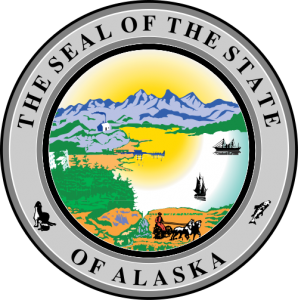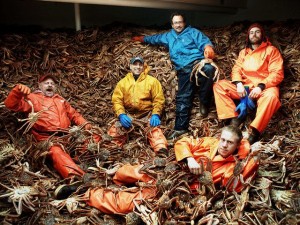 Alaska Population 2013
Alaska Population 2013
The United States Census Bureau estimates that the population of Alaska in 2013 was 731,449, which is ranked the 47th largest population in the United States. This estimate shows a 3% increase since the last census in 2010, also conducted by the United States Census Bureau. The population density of the state is 1.26 people per square mile, ranked the smallest density in the United States.
Alaska Population Projections
By the year 2015, the baseline population projection for the state of Alaska is approximately 768,000 people, which is an approximate 5.1% increase from the current population. By the year 2020, the population is expected to reach about 811,000 people, which is an approximate 10.9% increase from the current population. By the year 2025, the population is expected to reach 851,000 people, which is an approximate 16.4% increase from the current population. Bu the year 2030 the population is expected to reach approximately 887,000 people, which is an approximate 21.3% increase from the current population. By the year 2035, the population is expected to reach about 915,000 people, which is an approximate 25.2% increase from the current population.
Alaska Land Mass
The greatest distance from east to west in the state of Alaska is 2,350 miles, and the greatest distance from north to south is 1,350 miles. The state of Alaska has a square area of 656,425 square miles, making it the largest state in the United States. Alaska is over twice the size of Texas. Of the 656,425 square miles, 86.051 square miles are covered by water. The highest point in the state of Alaska is Mt. McKinley, which is 20,320 feet above sea level. This is also the highest point in North America. The lowest point in the state is at the Atlantic Ocean, the Arctic Ocean and the Bering Strait, which reaches sea level. The geographic center of Alaska is located about 60 miles northwest of Mt. McKinley. The only landmass that borders Alaska is Canada on the east and south.
Alaska can be broken up into four distinct geographic land areas: the Pacific Mountain System, the Central Uplands and Lowlands, the Rocky Mountain System of Alaska, and the Arctic Coastal Plain. The Pacific Mountain System is a mountain system located in the southern and southeastern portions of the state. Mt. McKinley is located within this area of the state. Within this area are two lowland areas called the Copper River Basin and the Susitna-Cook Inlet Lowland. These areas are mainly forested and fertile lands. The Central Uplands and Lowlands are located inbetween the Pacific Mountain System and the Rocky Mountain System. This area makes up the most of the state and is characterized by swampy areas and low hills. The Rocky Mountain System is to the north of the Central Uplands and Lowlands. This area is filled with mountains that have glacier-covered peaks. Lastly, the Arctic Coastal Plain is the most northern portion of the state and it is made up of mainly areas of permafrost where trees cannot grow.
Alaska Demographics
Of the approximate 0.73 million people in the state of Alaska, about 47.9% of the population is female, while 52.1% is male. Also, approximately 68% of the population identifies as white (including Hispanic or Latino). But, out of that 68%, only about 6% do identify as Hispanic or Latino and the other 62% as Caucasian. Those that identify as Black or African American make up 4% of the entire population of the state of Alaska. The American Indian and Alaskan Native populations make up approximately 15% of the entire population of the state. The rest of the population is made up of those that identify as Asian, Native Hawaiian, other Pacific Islanders, or those that identify as two or more races. These other races make up about 13% of the Alaska population.
Alaska Religion
The population of Alaska identifies as religious at a much lower rate than the national average. About 34% of the state population identifies as religious, compared to the national average of 49%. Out of the 34%, about 9% identify as members of the Catholic Church, making it the largest denomination in the state of Alaska. All the other Christian denominations make up about 24% of the population. Those who identify as Jewish, Islamic, or as an Eastern religion only make up 1% of the population.
Top Attractions in Alaska
 Alaska Economy
Alaska Economy
The three major parts of the Alaskan economy are the petroleum/oil industry, fishing, and tourism. Petroleum has helped transform the economy, giving more people jobs and the state a larger economy. In fact, about 85% of the budget for the state is supplied by oil and petroleum. Tourism ranks second in the importance in the economy. Around a million tourists visit the state every year. Lastly, fishing is an important piece of the economy, with an approximate annual intake of 6 billion pounds of seafood. The state is the largest producers of wild salmon.


